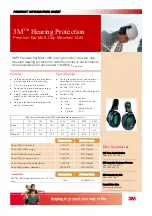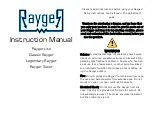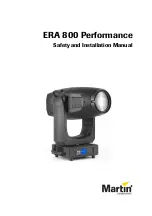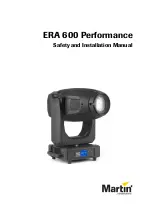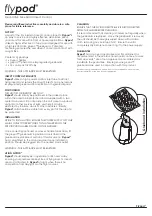
15
2.2.6 Installation of Push-In Pressure Cells to Measure Lateral Earth Pressures
The Model 4830 is designed to be pushed into soft soils using available drill rods, usually
AW. Unless the ground is very soft, it is recommended that a borehole be drilled to
within about two feet of the desired location, and then push the cell the rest of the way.
A few things to note and be aware of:
•
Temperature effects
This pressure cell is relatively stiff due to the geometry and the need for a robust
construction for pushing into the ground. It is always advisable to obtain the pre-
installation zero pressure readings in the borehole at the borehole temperature. It may
take a significant amount of time for the sensor to come to thermal equilibrium but this is
an important measurement and if it is not possible to take this reading in the borehole, it
may be possible to take the reading in a bucket of water that is at the ground temperature.
•
Piezometer Saturation
The piezometer filter and sensor are saturated at the factory and sealed with Mylar tape.
Do not remove the tape until just before the sensor is installed in the ground. The filter is
saturated by drawing a vacuum on the sensor and then allowing water to flow into the
sensor when the vacuum is released. If the sensor is to be installed and then removed for
use at other sites, the saturation process should be performed at each installation. Geokon
can supply the necessary portable equipment to accomplish this.
•
Overpressure
When pushing the cell into the ground it is possible that pressures in excess of the sensors
full-scale range can be generated causing the sensor to experience a zero shift or even
permanent damage. To prevent this, readings should be taken as the sensor is pushed.
When the indicated pressure approaches 150% of full scale the pushing operation should
be terminated until the sensor output comes back within its calibrated range.































